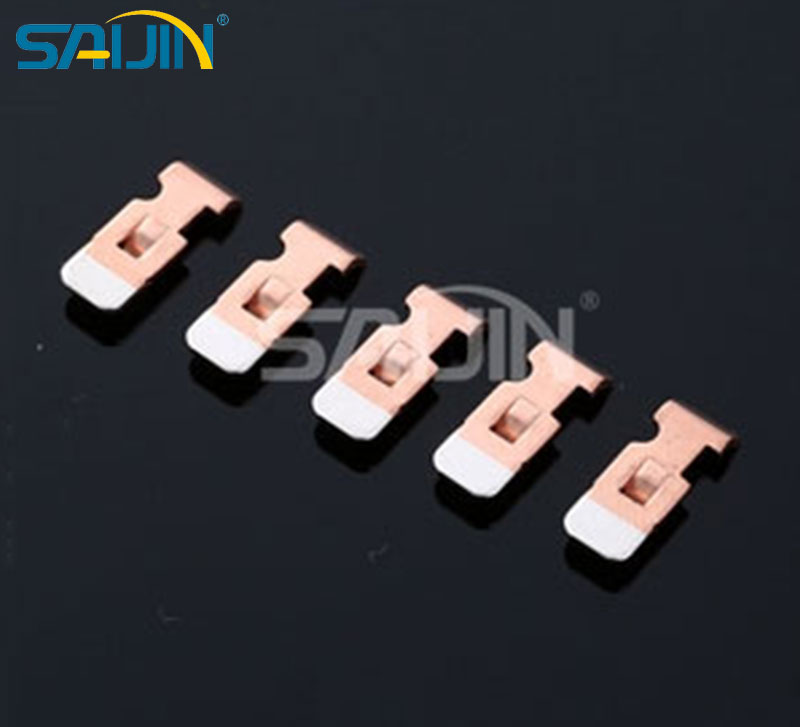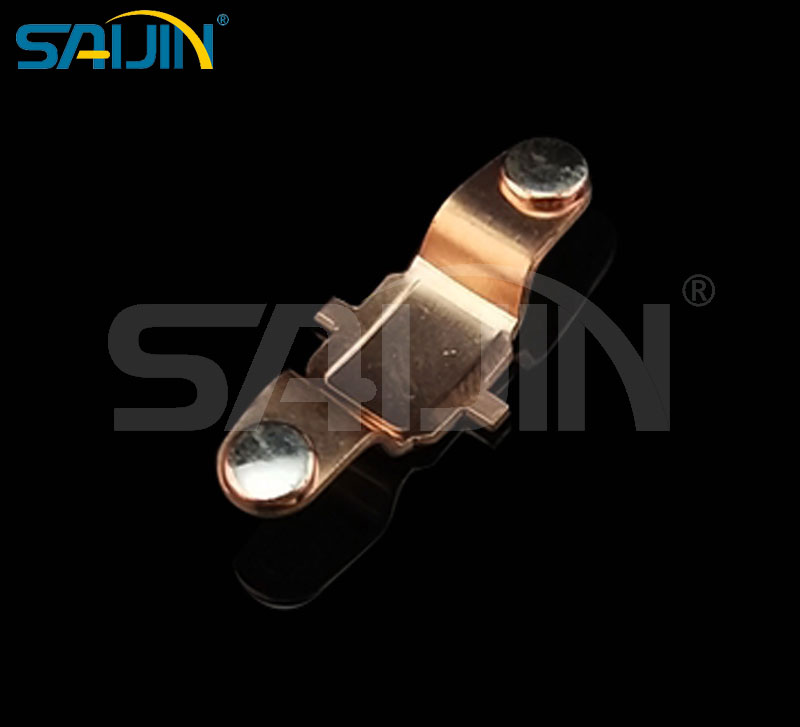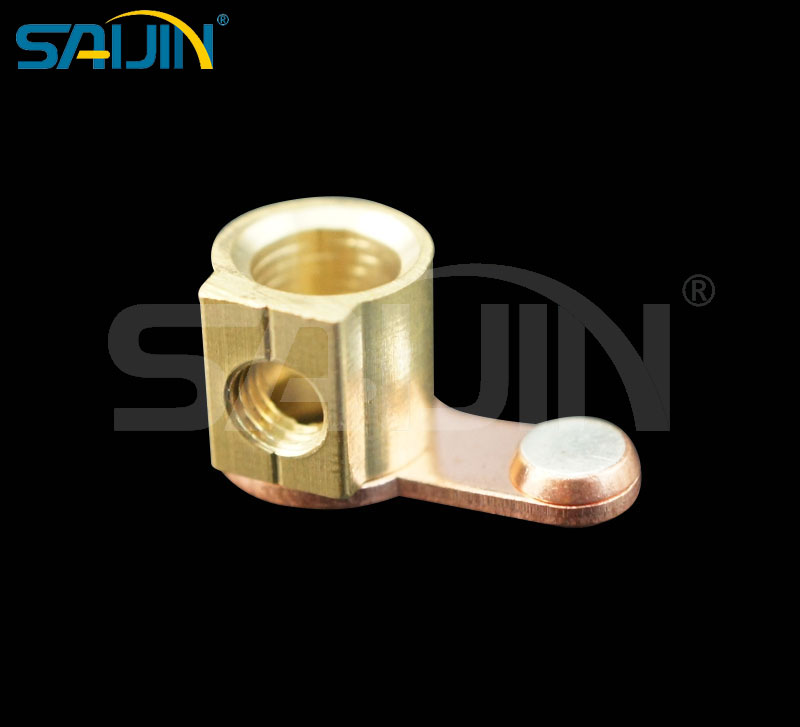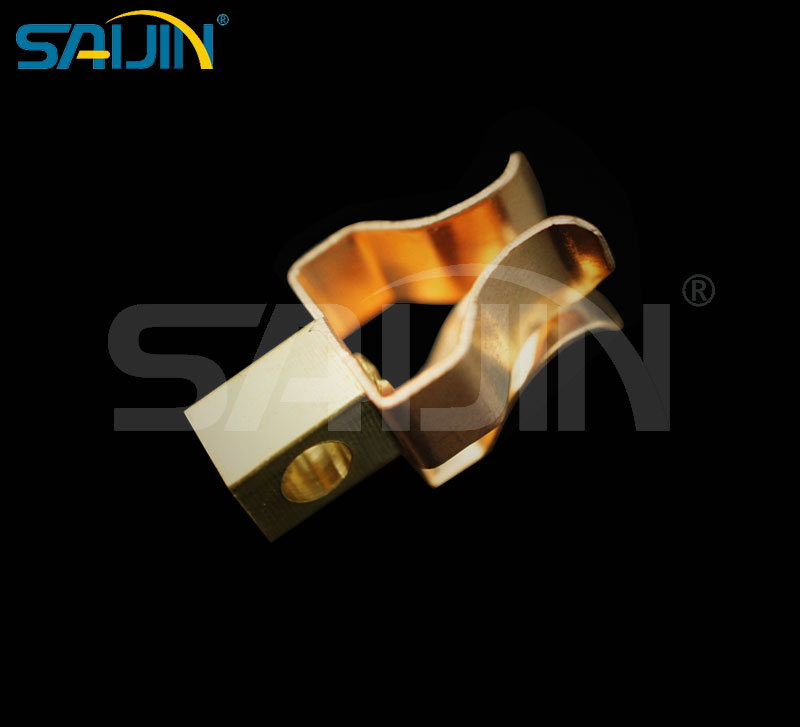Types of Tungsten Rivetsa
In extreme conditions involving high temperatures, intense pressure, corrosive agents, or radiation, conventional metal rivets often fail. Tungsten rivets, leveraging the exceptional properties of tungsten, emerge as indispensable fasteners for critical applications where reliability is non-negotiable.
Definition of Tungsten Rivets
Tungsten rivets are permanent mechanical fasteners primarily fabricated from pure tungsten (W) or tungsten-heavy alloys. They are manufactured through powder metallurgy (pressing + sintering at >2000°C) and often finished via precision grinding. During installation, they undergo plastic deformation (e.g., hot riveting, compression) to create robust joints between components.
A rivet is a permanent mechanical fastener that consists of two main parts: a smooth shank with a head on one end. When installing a rivet, the shank is inserted into a hole through the materials to be joined, and the tail end is deformed to create a second head, clamping the materials together. In the case of tungsten rivets, the entire rivet, including the head and shank, is fabricated from tungsten or tungsten-based alloys to leverage the metal's superior properties for specific applications.
Key attributes include:
Ultra-High Melting Point (3422°C): Maintains structural integrity in extreme heat.
High Density (19.25 g/cm³): Superior radiation shielding capability.
Exceptional High-Temperature Strength: Retains hardness/stress resistance even when red-hot.
Corrosion Resistance: Withstands acids, alkalis, and molten metals.
Low Thermal Expansion: Minimal dimensional change under thermal cycling.
Outstanding Wear Resistance: Ideal for abrasive environments.
Types of Tungsten Rivets
Solid Tungsten Rivets
Electrical Equipment Tungsten Rivets has an extremely high melting point and hardness, and can work stably in high-temperature, high-pressure environments. It is suitable for high-end power connections, such as large generators, transformers, etc., to ensure that there is no break point in current transmission and ensure the safe operation of the system. Corrosion-resistant, wear-resistant properties for extended service life.
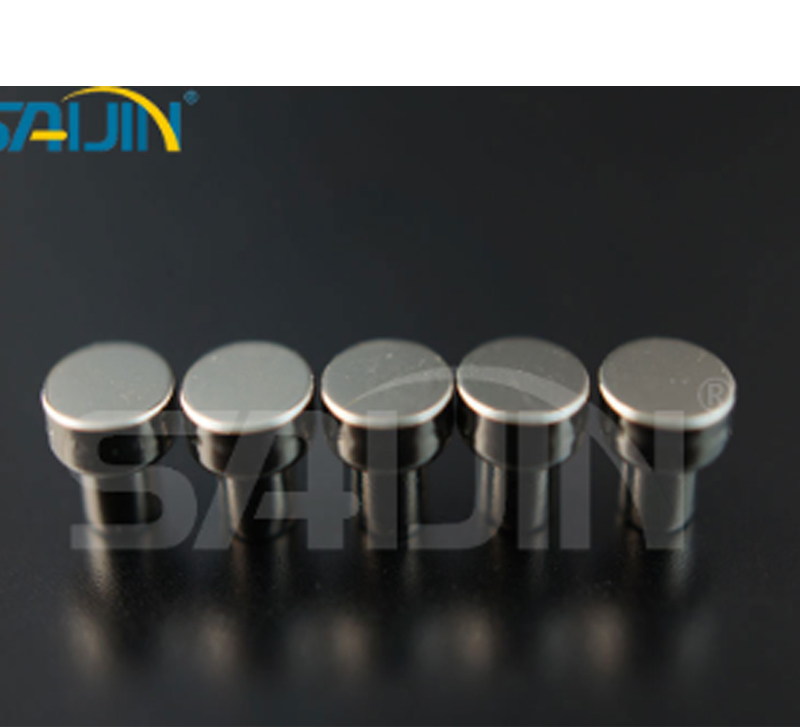
Half Hollow Tungsten Contact Rivets
Half Hollow Tungsten Contact Rivets is made of high-purity tungsten material, which is extremely hard and wear-resistant. It is suitable for electrical connection in high-temperature and high-voltage environments to ensure long-term stable operation. The Tungsten points are arc resistance, redectory,and less current consumption when the metal contact on surface,strong on-off current capability, good wear properties and dynamic performance hit.
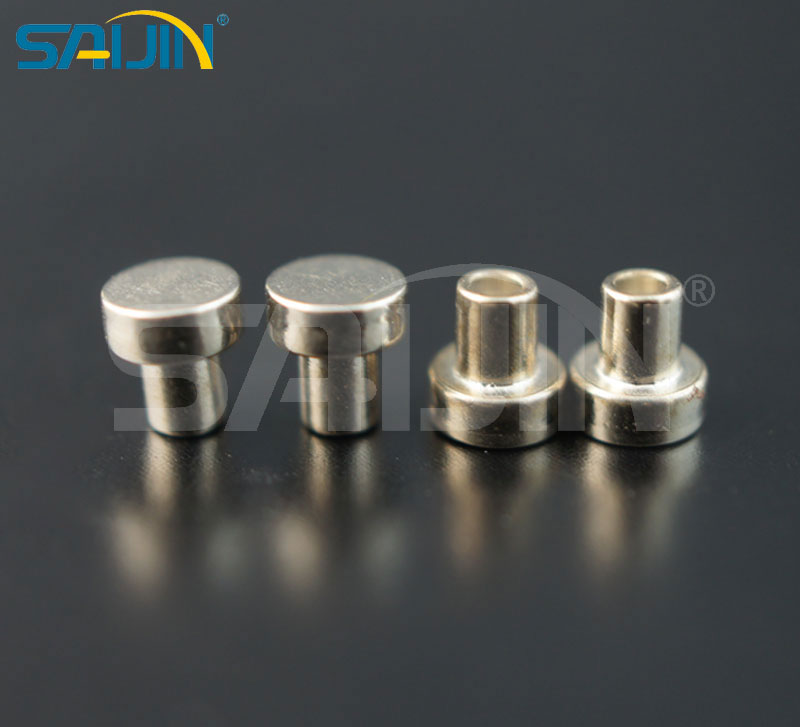
Copper Alloy Tungsten Contacts
Copper Alloy Tungsten Contacts combines the excellent electrical conductivity of copper with the high hardness of tungsten. It is suitable for electrical connection occasions that require high conductivity and wear resistance, such as high-end relays, contactors, etc.
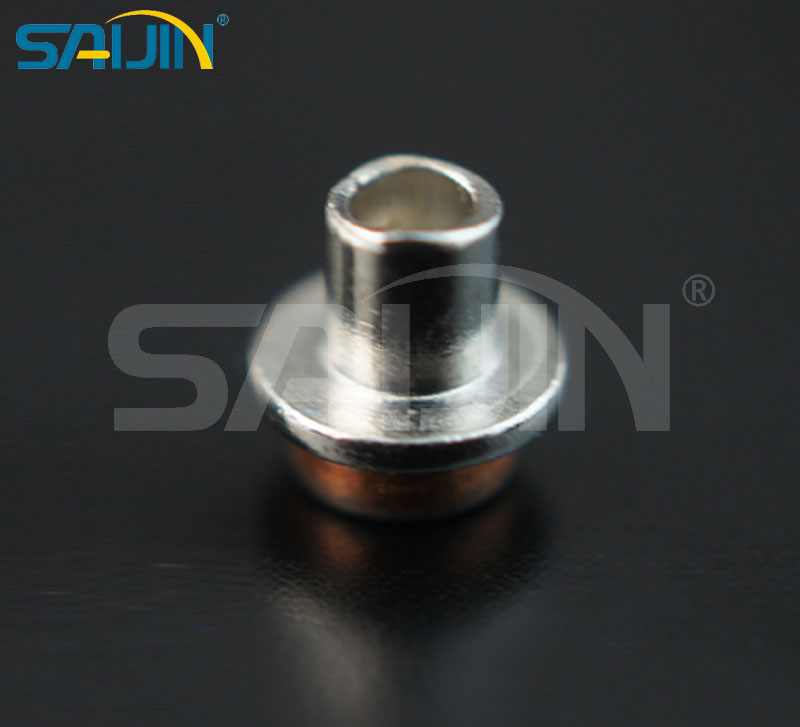
Electric Solid Tungsten Point
Tungsten Steel Rivets are extremely hard and strong, making them suitable for use in electrical connections where extreme durability is required. It has excellent abrasion resistance, corrosion resistance, and can still maintain good performance in harsh environments. It is suitable for electric power, petrochemical, machinery manufacturing and other industries.
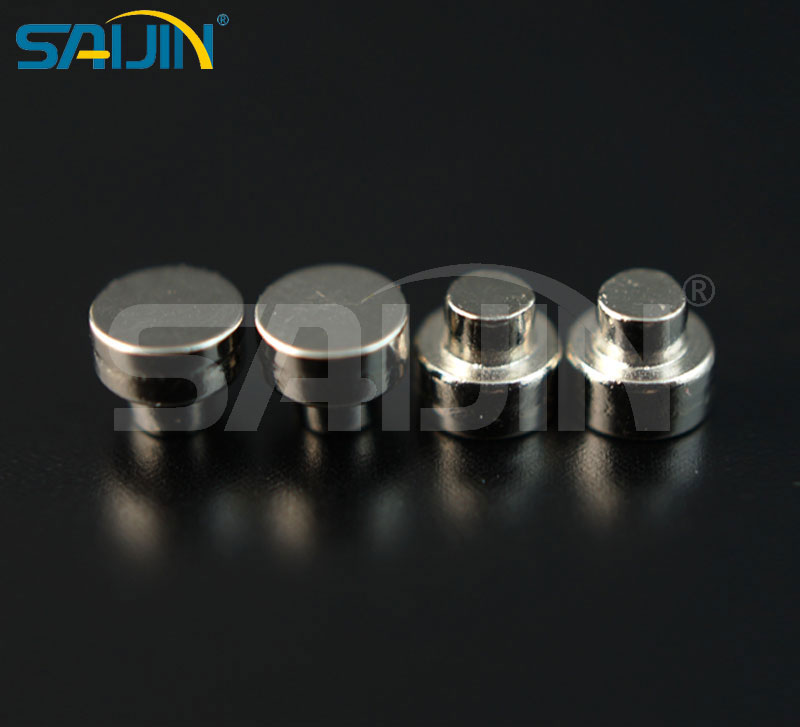
Electrical Wu Tungsten Contacts
Electrical Wu Tungsten Contacts is designed for demanding electrical connections. With its excellent electrical conductivity, heat resistance and corrosion resistance, it is widely used in precision electronic equipment, medical equipment and other fields. Stable and reliable contact performance to ensure the efficiency and safety of circuit transmission.
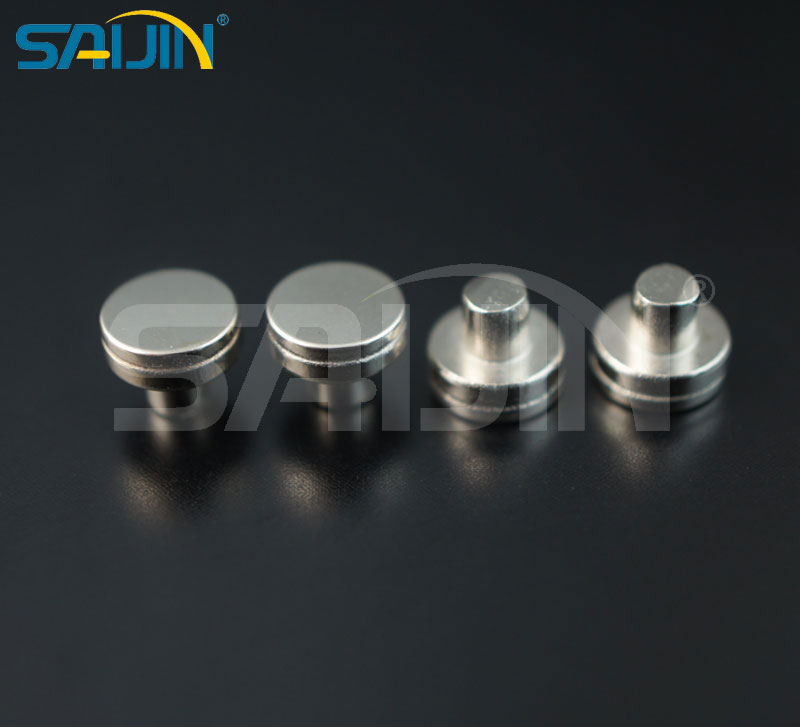
Applications of Tungsten Rivets
Aerospace: Jet engine hot-section assemblies, thermal protection systems.
Nuclear & Energy: Reactor internals, fusion devices, downhole drilling tools.
Vacuum Electronics: X-ray tubes, particle accelerators, microwave devices.
Medical: Radiation therapy equipment (LINACs, gamma knives).
High-Temperature Industry: Glass/metal furnaces, crystal growth systems.
Specialized Engineering: EDM electrodes, molten metal crucibles, sensor housings.
Conclusion
Tungsten rivets represent the pinnacle of fastening technology for extreme environments. Their unmatched temperature resistance, shielding capacity, and mechanical robustness make them vital in aerospace, nuclear, medical, and industrial systems. While cost and installation complexity limit their use, they remain irreplaceable where failure is not an option. As technology pushes boundaries, tungsten rivets will continue to enable breakthroughs in engineering frontiers.
FAQ
Q: What makes tungsten rivets different from rivets made from other materials?
A: Tungsten rivets stand out due to tungsten's unique properties, including an extremely high melting point, high density, excellent resistance to corrosion and wear, and good mechanical strength at high temperatures. These properties make them suitable for applications where other materials would fail due to heat, corrosion, or mechanical stress.
Q: Are tungsten rivets expensive?
A: Yes, tungsten is a rare and expensive metal, and the manufacturing processes for tungsten rivets, especially those made from alloys or using specialized techniques like hot-pressing, can be costly. However, their performance in extreme environments often justifies the higher cost for critical applications where failure is not an option.
Q: Can tungsten rivets be used in low-temperature applications?
A: While tungsten has excellent high-temperature properties, pure tungsten can be brittle at low temperatures. However, tungsten alloys, such as those with rhenium, have improved ductility at lower temperatures, making them more suitable for applications that involve a range of temperatures, including low-temperature environments.

